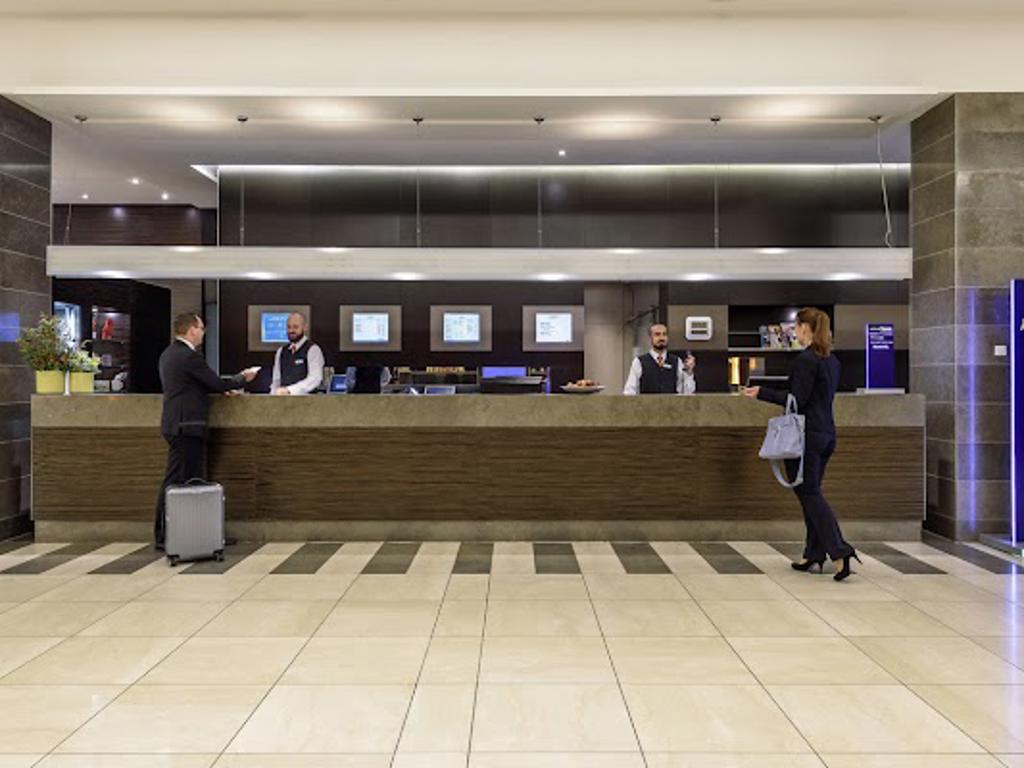About Der Rufer
The Caller is a striking sculpture located on Straße des 17. Juni in the Tiergarten district. This piece of public art is a significant cultural landmark, offering both aesthetic appeal and a deeper symbolic meaning.
Artistic Description
The sculpture, created by artist Gerhard Marcks in 1967, depicts a human figure in a dynamic pose, seemingly calling out or reaching for something beyond. The figure is elongated and abstract, capturing a sense of urgency and movement. Made from bronze, the statue stands out against the natural backdrop of Tiergarten, one of the largest urban parks in the area.
Plan your perfect trip to Berlin with Travo! Download now and start exploring.
Symbolic Meaning
The Caller, or Der Rufer in German, is often interpreted as a symbol of human communication and the quest for connection. The figure's open mouth and outstretched arm suggest a call to action or a plea for attention, resonating with themes of freedom, expression, and the human condition. The sculpture invites viewers to ponder the importance of voice and the power of calling out in times of need or change.
Historical Context
Installed during a period of significant social and political upheaval, The Caller reflects the zeitgeist of the 1960s. This was a time marked by civil rights movements, protests, and a general questioning of authority and tradition. The sculpture's placement on Straße des 17. Juni, a major thoroughfare named after the East German uprising of June 17, 1953, adds layers of historical and political significance to the artwork.
Artist Background
Gerhard Marcks was a renowned German sculptor and graphic artist, known for his works that often explored human figures and existential themes. His career spanned several decades, and he was a prominent figure in the art world, contributing to various movements and styles. The Caller is one of his most famous public sculptures, embodying his skill in capturing human emotion and form.
Location and Surroundings
The sculpture is strategically placed in Tiergarten, a vast and verdant park that serves as a green lung for the city. The park itself is a popular destination for both locals and tourists, offering a serene environment for relaxation and reflection. The presence of The Caller within this natural setting creates a compelling contrast, blending art with nature and inviting passersby to engage with the sculpture on multiple levels.
Visitor Experience
Visitors to The Caller can expect a contemplative experience. The sculpture's expressive form and the surrounding greenery provide a peaceful yet thought-provoking atmosphere. Informational plaques near the sculpture offer insights into its creation, the artist, and its significance. Whether you are an art enthusiast, a history buff, or simply enjoying a stroll through Tiergarten, The Caller is a noteworthy stop that enriches your understanding of public art and its role in society.
In summary, The Caller stands as a powerful piece of public art, encapsulating themes of communication, human connection, and historical context. Its presence in Tiergarten adds to the cultural and aesthetic richness of the area, making it a must-see for anyone interested in the intersection of art, history, and public space.






Map loading...
Location
Straße des 17. Juni, 10785, Berlin
